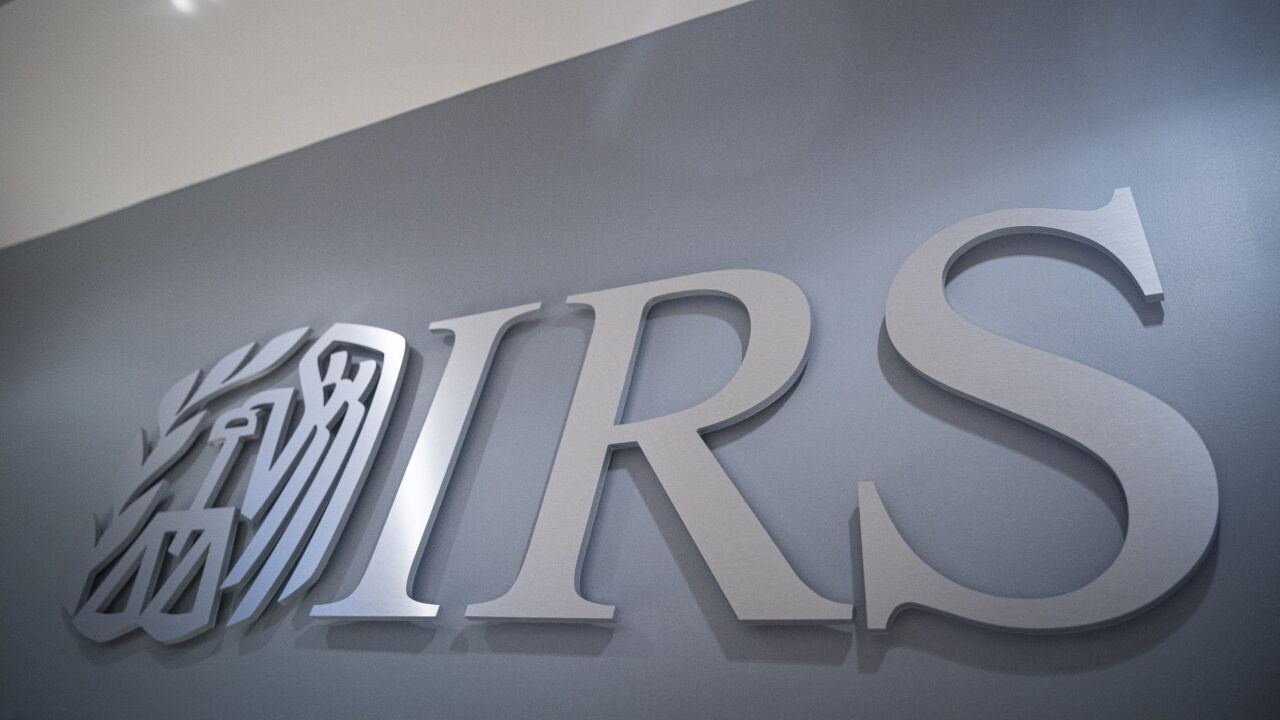The Internal Revenue Service and its security partners want practitioners, particularly in smaller tax practices, to use a new template to create a data security plan.
The
The Security Summit, which includes tax pros, industry partners, state tax authorities and the IRS — co-developed the WISP. Members of the summit will highlight the template at each of the five IRS

"Tax professionals form a critical part of the defense against identity thieves and scammers," said IRS commissioner Danny Werfel in a statement Tuesday. "The IRS and Security Summit partners remain vigilant to emerging identity theft schemes and scams, but tax professionals following the steps outlined in the security plan will provide valuable protection to their practices as well as their clients."
The Security Summit members — led by its Tax Professionals Working Group — spent months developing the WISP, including a special sample document that enables tax professionals to quickly focus on developing their own written security plans.
"It's more important than ever for tax pros to protect their data, passwords and other information," said Kimberly Rogers, director of the IRS Return Preparer Office and co-chair of the Summit's Tax Pro Working Group, in a statement. "With cyberattacks against tax professionals continuing, having a sound security plan makes not only good business sense, it's also the law. But knowing where to start can be challenging. The Security Summit members worked together on this plan to make it easier for all tax professionals to develop an approach that is right for them."
The WISP, available on IRS.gov and in





